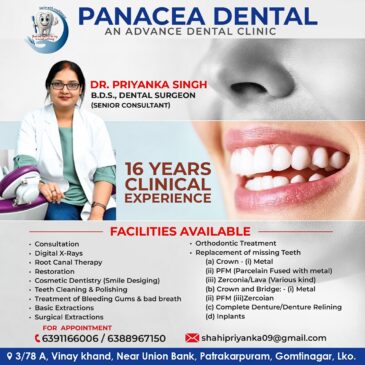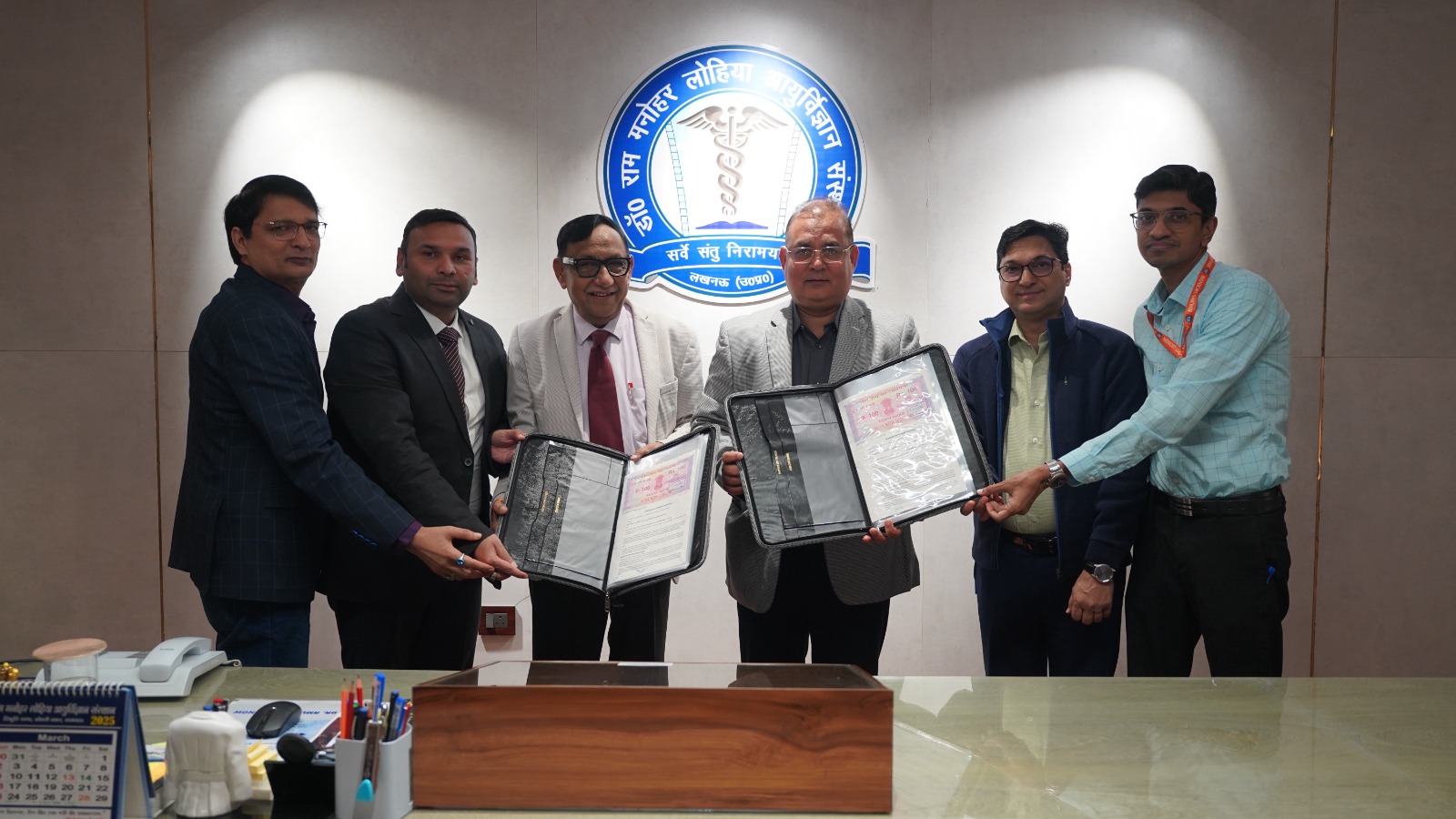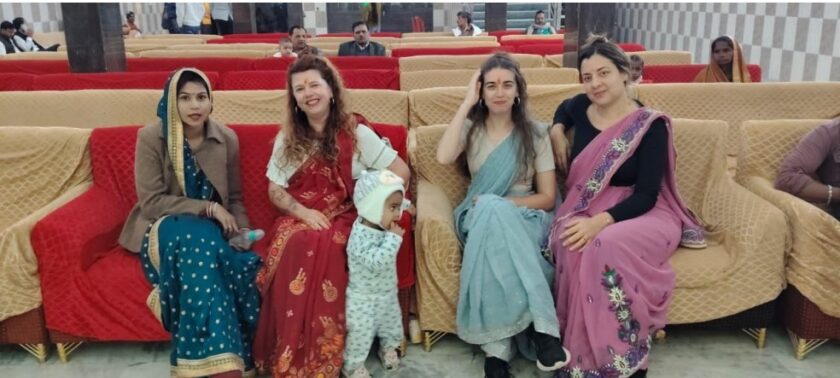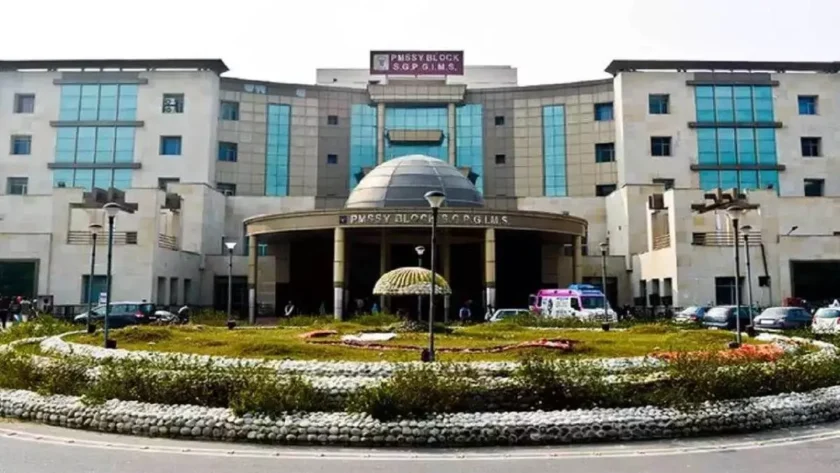Lucknow: In a significant step toward strengthening advanced healthcare infrastructure across Uttar Pradesh, two major medical institutions signed an MoU on Tuesday to support the establishment of organ transplant centres in every district of the state.
The Hind Institute of Medical Sciences (HIMS), Safedabad, Barabanki, and Dr. Ram Manohar Lohia Institute of Medical Sciences (RMLIMS), Lucknow, formalised the agreement as part of Chief Minister Yogi Adityanath’s visionary initiative to ensure that life-saving organ transplant services become accessible at the district level.
Under the plan, RMLIMS—UP’s premier super-speciality medical institute—has been entrusted with the responsibility of providing technical expertise and specialist support to neighbouring districts. The newly signed Memorandum of Understanding aims to strengthen this mission and streamline the rollout of advanced transplant services.
Key Aspects of the MoU
-
Technical Support: RMLIMS will offer HIMS guidance in technical procedures, specialist training, regulatory documentation, and supervision during initial transplant surgeries.
-
Infrastructure Development: HIMS will develop infrastructure required for kidney, cornea, liver, and bone marrow transplants, including ICUs, operation theatres, and laboratory facilities.

-
Awareness Campaigns: Both institutions will jointly promote organ donation awareness across the region to boost donor participation and save more lives.
The signing ceremony was attended by RMLIMS Director Dr. C.M. Singh, along with senior faculty members Dr. Ishwar Ram Dayal (HoD Urology), Dr. Bhuvan Chandra Tiwari (HoD Cardiology), and Dr. Abhilash Chandra (HoD Nephrology). Representing HIMS were Dr. Deepak Malviya, Medical Superintendent, and Varun Srivastava, Group CEO.
Officials stated that this MoU marks the beginning of a new era of advanced tertiary healthcare in Barabanki and neighbouring districts. With this partnership, life-saving transplant services are expected to become more accessible at the local level, reducing patient burden on metropolitan centres and significantly improving survival outcomes across the state.





